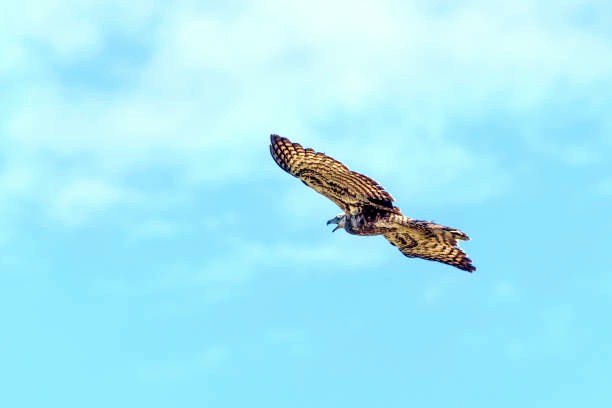This large bird of prey, found only on the biologically unique island of Madagascar, has largely dark brownish-grey plumage. The underparts are finely barred with greyish-brown and white, a distinctive pale strip runs above the yellow eyes, and the long legs are also yellow. When flying through the forest, the Henst's goshawk’s (Accipiter henstii) rounded wings, long, barred tail and pale rump can be seen. The female Henst’s goshawks are distinctly larger than males, while juveniles can be distinguished by the large brown spots on the breast and belly. During the breeding season, Henst’s goshawks can be loud, vocal birds, with a rapid ‘keey-keey-keey’ uttered while perched or in flight. |

